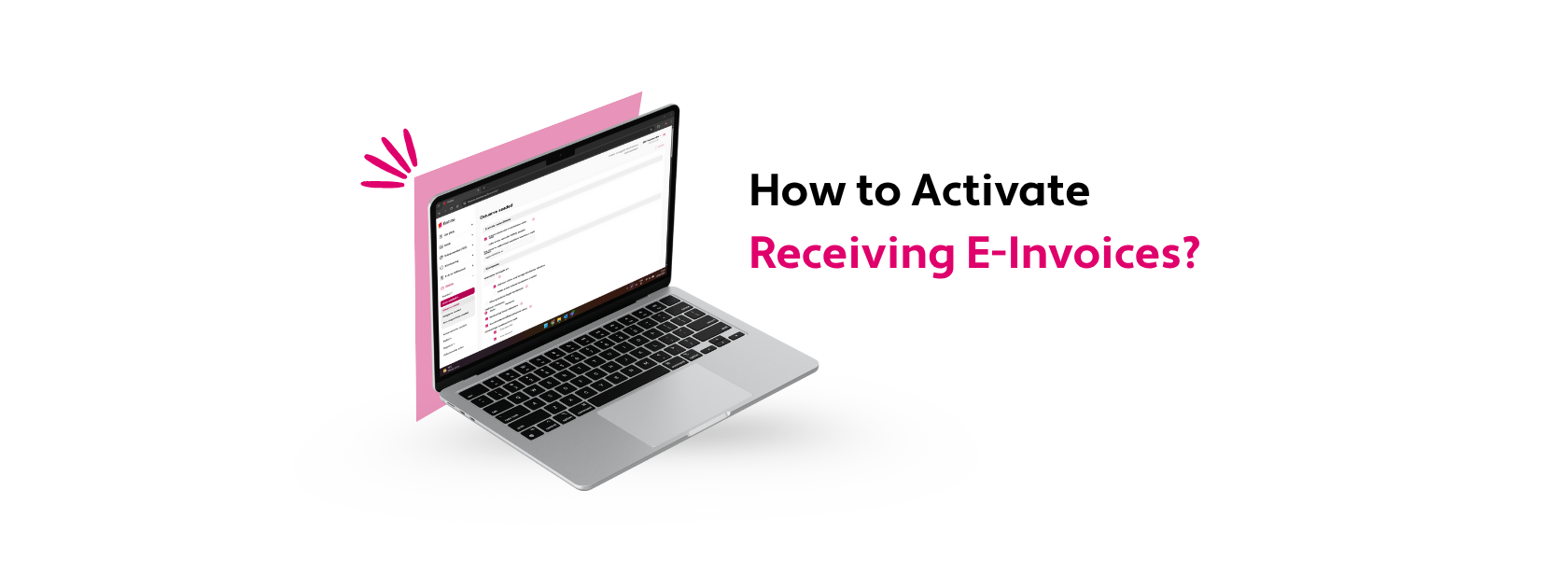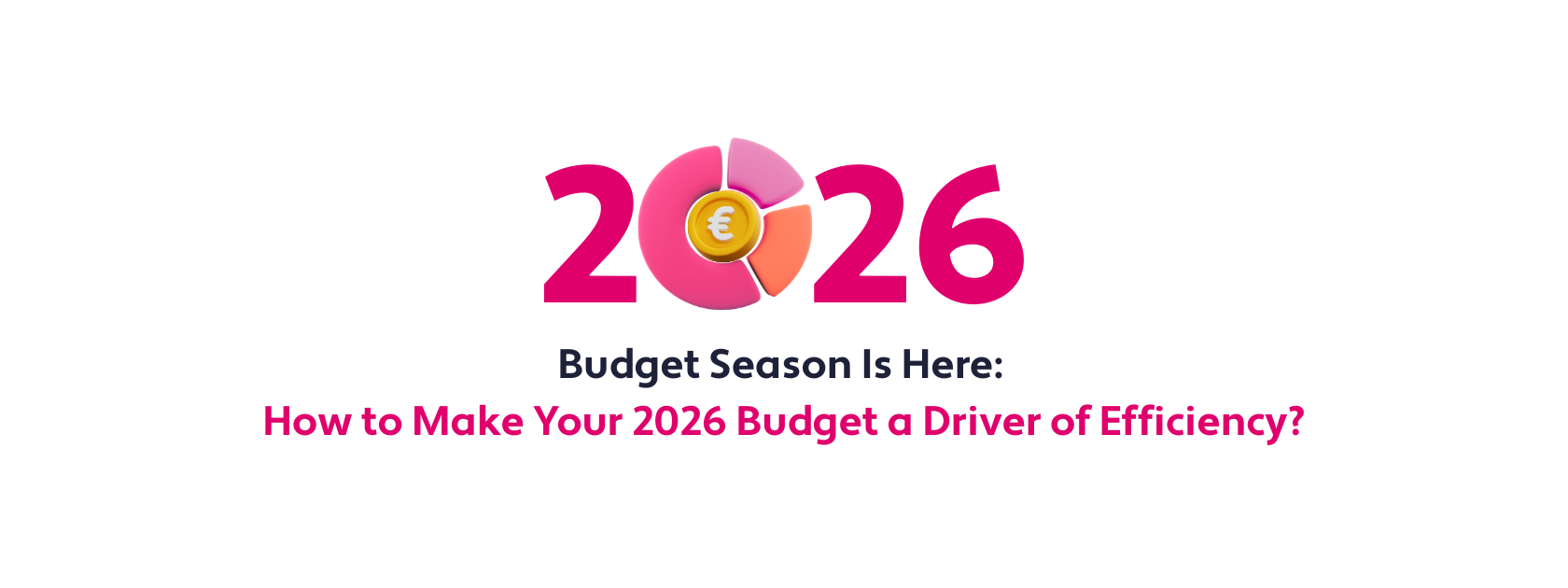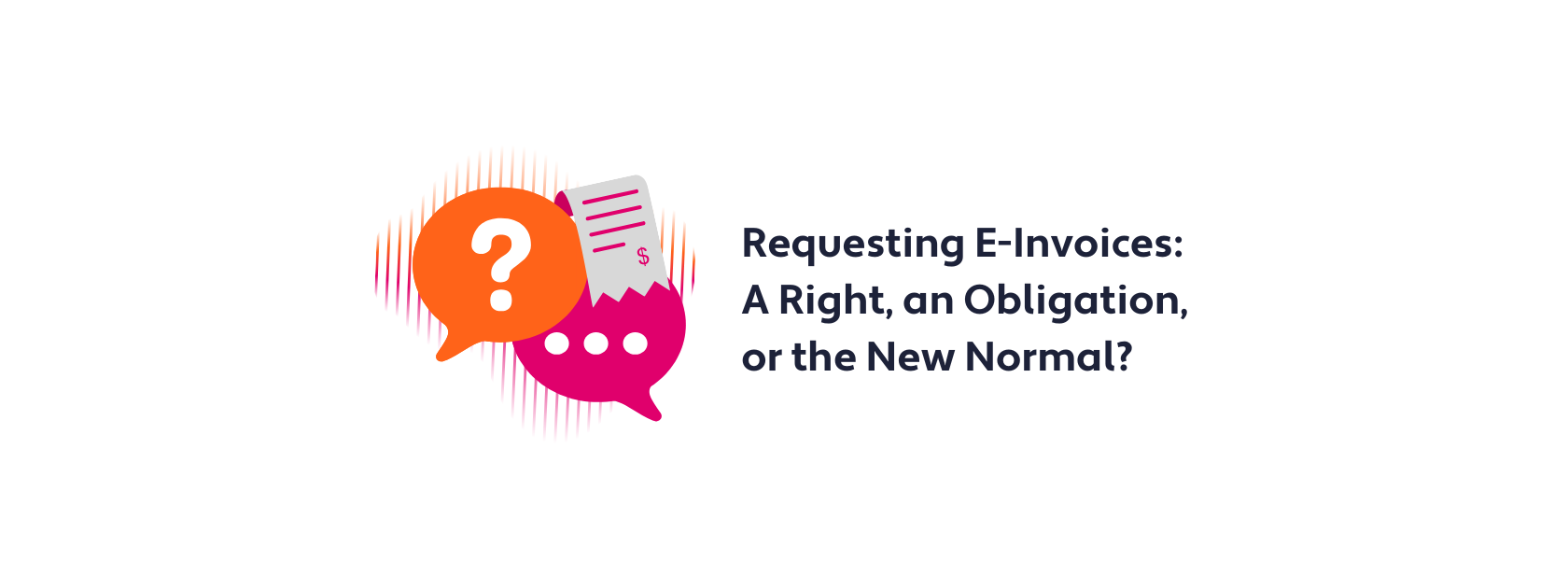
Cyberscams are an increasing threat for businesses in the EU. According to a 2024 report, there was a 43% increase in attempted payment fraud compared to the previous year. Scammers are learning more sophisticated techniques, and tools like AI are making it easier than ever to trick employees into confirming fake invoices.
In this artcle
In this article, we’ll explain everything you need to know about preventing invoice fraud. We’ll explore the most common invoice scams, talk about the growing threat of false invoicing in the Baltics, and explain how Finbite can protect your business from fraudulent billing.
What is invoice fraud?
Invoice fraud is when a scammer or organisation knowingly sends an incorrect or fake invoice to a business, with the hopes of getting paid for products or services never provided. There are many different kinds of Invoice scams, and invoice fraud can come from both external and internal sources.
Different types of fraudulent billing
Fake invoices
Fake billing is one of the most common forms of billing fraud. Scammers hack into an organisation’s communications (eg emails) with their suppliers. They use advanced techniques to identify real transactions and invoices, then send out a fake invoice to misdirect payment to a fraudulent account.
These kinds of email invoice scams can be hard to detect, especially if a scammer is sending a fake invoice for legitimate services performed by another party. Scammers are becoming increasingly skilled at creating fake invoices and can easily trick employees into trusting an invoice and approving payment. Fraudulent invoices often contain a supplier’s branding, template, and signatures, with only the account information changed.
Bill padding
Bill padding is when suppliers send legitimate invoices, but with inflated charges, inaccurate pricing, or incorrect products or services. The goal of bill padding is to get a business to pay extra for products or services. It can be difficult to distinguish bill padding from genuine invoicing mistakes. However, consistent errors may indicate a supplier is intentionally inflating invoice amounts.
Duplicate invoicing
A duplicate invoice is an attempt to get extra payment for a product or service performed. Untrustworthy suppliers may submit two identical invoices, hoping the accounting department will unknowingly approve payment. Companies that have unclear invoice confirmation processes or deal with many vendors at once are more vulnerable to duplicate billing scams.
Internal fraud
Fraudulent billing usually comes from scammers outside an organization, but employees can also commit invoice fraud. With access to vast amounts of internal information, an employee could commit invoicing fraud in many ways. For example, they could create dummy vendor accounts, work together with scammers outside an organization, or commit receipt fraud by submitting unauthorized personal expenses in an expense report.
The growing risk of invoicing scams in the Baltics
Cyberscams (including Invoice fraud) are increasingly common in the Baltics. According to Estonia’s RIA cyber security yearbook for 2024, there were over 6,000 impactful cyber incidents in Estonia – around twice the amount seen in 2023.
Invoice fraud constitutes a significant portion of these cyber incidents. For example, in November of 2024, there were four instances of invoice fraud in Estonia that amounted to nearly €300,000 in damages. These invoice fraud cases included:
- An Estonian company that transferred over €170,000 to a scammer’s account. Hackers gained access to a company’s communications with a supplier. They sent a scam invoice email in the supplier’s name, but with altered account details. The recipient unknowingly made the payment.
- A state-owned company received a fake email invoice that appeared legitimate. All the details seemed correct; however, the account details had been changed. Not noticing, the company paid nearly €30,000 to scammers.
In Latvia, fraud increased by 14% from Q1 2024 to Q2 2025, with many of these cases aimed at getting fraudulent payments. In Lithuania, around €12.3 million was defrauded from Lithuanian citizens and legal persons in 2023. This fraud was in part due to scammers’ increasing ability to convince victims to make payments to fraudulent accounts.
How to identify fake invoices?
To create fake invoices, scammers replicate invoice format, supplier branding, and invoice details, while only changing bank account details to redirect payment to their fraudulent account. Therefore, verifying account details on an invoice is the best way to ensure invoices are legitimate.
Invoicing systems like Finbite can make it easier to identify fake invoice scams. Finbite’s automated invoicing solution ensures purchase invoices contain the legitimate account details of a supplier. Finbite’s invoice confirmation circle allows businesses to assign certain employees to confirm invoices, so that unauthorized employees don’t fall victim to a fake invoice email.
The costs of invoice fraud
While some fake invoice amounts are minimal, they can also range into hundreds of thousands of euros. For companies in the Baltics, even a single fraudulent payment can significantly impact cash flow and profitability, threatening their ability to survive.
Beyond the immediate financial losses associated with invoice email scams, businesses can also experience non-monetary costs. For example, without secure invoice automation tools, finance teams can spend hours investigating invoices and implementing additional controls, which can divert resources from other activities.
Invoicing fraud can also erode supplier relationships, as incorrect payments may impact supplier trust and make future transactions more complex. In addition, fraud incidents can damage a company’s reputation, particularly if customer data is compromised.
How to prevent invoicing fraud
Eliminate paper invoicing
Companies that rely on paper invoicing processes are significantly more exposed to fraud, especially compared to those that use secure solutions like e-invoicing.
Paper invoices can be easily lost, stolen, or fall into the wrong hands. In addition, scanning paper invoices and sending them as PDF attachments is risky. This is because scammers can easily intercept communications and send out invoice scam emails that mimic legitimate ones.
Moving away from physical invoice storage (eg filing cabinets) towards digital storage solutions can also prevent invoice fraud. For example, Finbite’s digital archive uses encryption to safeguard invoice data and prevents invoices from being physically damaged or lost. In addition, Finbite’s controlled access feature ensures invoice data does not fall into the wrong hands and that all steps of the invoicing process are tracked.
Use invoice approval workflows
Many businesses fall victim to fake invoicing because they lack robust invoice confirmation processes. A clearly defined invoice confirmation workflow ensures only authorized employees confirm invoices.
Finbite’s invoice confirmation circle allows businesses to thoroughly review invoices from suppliers. A business can assign certain employees the role of “confirmer”. Then, only designated confirmers can review and confirm invoices. Finbite also allows businesses to automate the confirmation process. For example, companies can create templates that always send recurring invoices to a designated confirmer.
Confirmers can review invoices from any smart device, verifying that goods were actually received or that any unexpected charges are justified. After reviewing, the employee can confirm the invoice for payment with just one click.
Set approval limits
Setting confirmation limits is another effective way to prevent invoicing fraud. For example, using Finbite, businesses can set up a rule that incoming invoices must be confirmed by 2 or more employees, depending on the invoice amount. By having several pairs of eyes to check each invoice, it’s easier to detect fraud before any payment is made.
Users can also set confirmation limits for each employee. When an invoice is routed for approval, the system checks if the invoice amount (excluding VAT) falls within the set limit. If the invoice amount exceeds an employee’s approval limit, it’s forwarded to a confirmer with a higher approval limit. Automated approval rules eliminate unauthorized approvals on large purchases.
Avoid scam invoices with e-invoicing
E-invoicing is another effective way to prevent fake invoice scams. More and more countries are mandating the use of e-invoices due to their secure features. E-invoices are machine-readable documents that are transmitted via secure networks, such as the Peppol network.
Peppol is an international network that uses encryption protocols and certified access points like Finbite to maintain a high level of security. To send or receive invoices on the Peppol network, all parties must have a registered Peppol ID. This significantly reduces the risk of fraud compared to other methods, such as PDF invoices sent by email.
FAQs: Preventing invoice fraud
What is false invoicing?
False invoicing fraud is when a scammer or untrustworthy supplier deliberately sends a fraud invoice to a business, attempting to get paid for products or services never provided. For example, scammers might send a counterfeit invoice, hoping the recipient makes payment to the fake account.
How can I know if an invoice is legitimate?
The easiest way to check if an invoice is legitimate is to verify that the account details on the invoice match your supplier’s banking information. Using a secure network like Peppol can also help you ensure invoices are legitimate, as the network is encrypted and all parties using Peppol must have a registered Peppol ID.
How to recognize fake invoice templates?
To recognize fake invoice templates, check invoices for incorrect logos, unusual formatting, or poor grammar. Unexpected charges, unfamiliar account details, or suspicious payment instructions are other indicators of a billing scam.
What are some common cases of invoice fraud?
Common cases of invoice fraud include payment requests to fraudulent bank accounts, billing for products or services never provided, and duplicate invoices. One recent invoice scam in the Baltics occurred when an Estonian company bought a car from a German dealer. Scammers intercepted their emails and created a false invoice with their own account details. The company then paid nearly €60,000 to the scammer’s account.
Prevent fake invoice scams with Finbite
Finbite is an all-in-one invoicing solution that prevents invoice fraud in many ways. For cross-border transactions, Finbite allows businesses to send and receive e-invoices across the secure Peppol network.
Finbite’s invoice confirmation circle can help businesses ensure they approve only legitimate invoices. The system can also detect fraud by comparing invoice numbers and supplier details against invoice history, and matches invoices against purchase orders and goods received notes in an ERP system.
Get started with Finbite today and significantly reduce your exposure to invoicing fraud.





